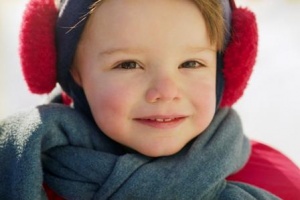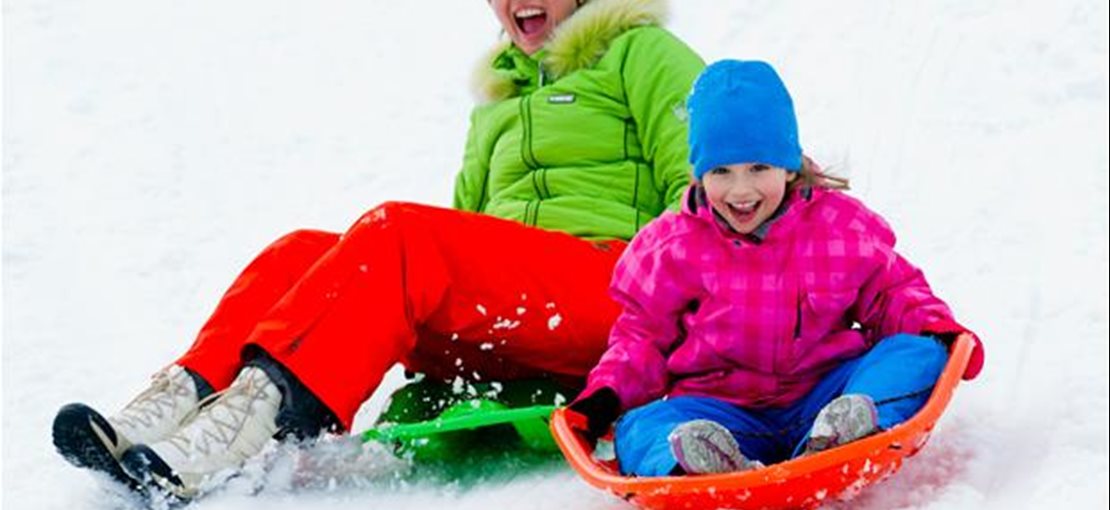What to wear
- It is a common mistake to protect babies and young children from cold weather with blankets, quilts, and pillows
- Loose bedding is not ideal for a baby’s sleeping environment
- Loose bedding may contribute to Sudden Infant Death Syndrome (SIDS)
- Instead, dress the child in warm one-piece sleep wear (onesies) or wearable blankets
- This rule goes for both children and adults—dress in several thin layers instead of one or two thick garments
- Easier to shed a cold, wet layer and still stay dry and warm
- Do not forget to pack/ wear boots, gloves, and hat/ earmuffs
- “The rule of thumb for older babies and young children is to dress them in one more layer of clothing than an adult would wear in the same conditions.”

When to Go Outside—Or Not To
- Pay attention to the wind chill. Windy days are increasingly colder than the temperature detected
- How long should the kids play outside?
- 30 o F and higher
- Comfortable temperature to play outside
- Layer clothing, encourage hats and gloves
- Provide water—regulates body temp.
- Regroup inside every forty minutes or so
- Check babies’ fingers and feet often
- 30 o F and higher
- 20o F – 30o F
- Follow the same rules as above but more cautiously
- Gather children inside every twenty minutes (perfect hot chocolate break!)
- Below 20oF
- Keep children indoors
Why Bundle Up
- Frostbite—
- When the skin and outer tissues become frozen
- Common spots are fingers, toes, ears and nose
- If child complains of numbness or such symptoms, apply warm washcloth or place frozen parts in warm water (bath water temperature 104o F)
- If numbness continues more than a few minutes, contact a doctor.
- Hypothermia—
- When a child’s temperature drops below normal
- Occurs from excessive exposure to cold temperatures, most often playing outdoors
- Be sure to remove all wet clothing as soon as possible when returning indoors
- More common in children than adults
- “As hypothermia sets in, the child may shiver and become lethargic and clumsy. Speech may become slurred and body temperature will decline in more severe cases.”
- Call 911 immediately if these symptoms are evident
Stay Warm & Enjoy Your Winter,
Stephanie Falcone
Sources:
http://www.parenting.com/article/winter-health-guide
http://www.rd.com/health/wellness/10-cold-weather-safety-tips-for-kids/






Add A Comment
Thank you for your comment.
Sorry! There was a problem with your comment submission. Please try again.
Comment
Allowed HTML: <b>, <i>, <u>, <a>
Comments
Thank you for your comment.
Sorry! There was a problem with your comment submission. Please try again.
Thank you for your comment.
Sorry! There was a problem with your comment submission. Please try again.